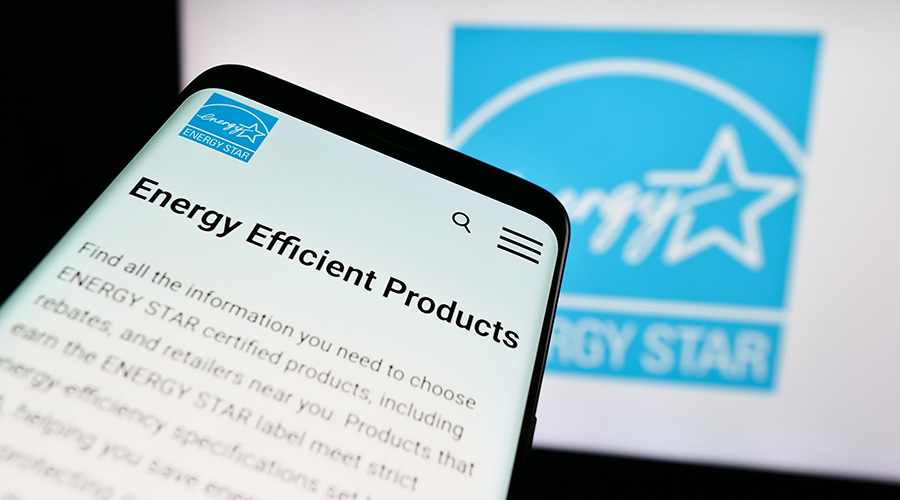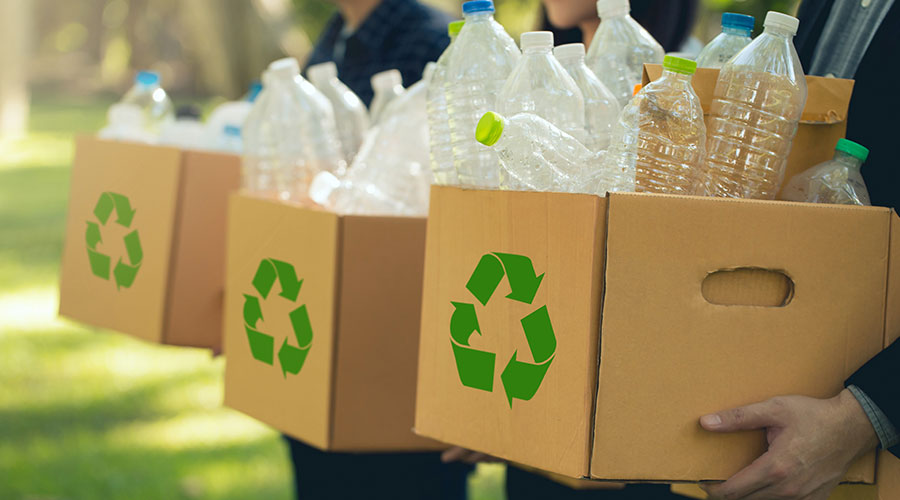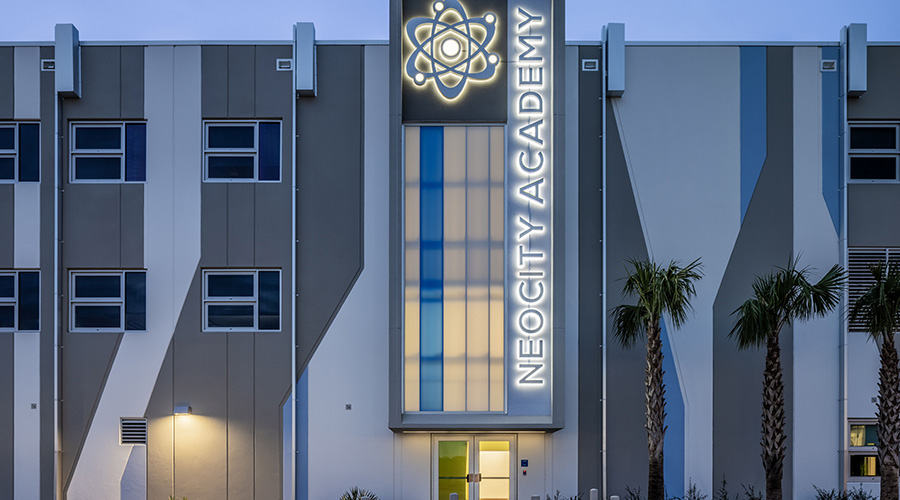U.S. Green Building Council Perspective
Five Schools, Five Steps To Green Campuses
The U.S. Green Building Council (USGBC) established the Center for Green Schools with a mission to create green schools for everyone within this generation. The Center is responding to the 69 percent of graduating high school seniors who are factoring the "greenness" of a campus into their college selection process.
Across American colleges and universities, there is an increased commitment to environmental stewardship. But there also are financial constraints on institutions as endowments have a taken a hit and state funding has significantly decreased. The good news is that the pairing of the need for financial stability and interest in increasing sustainability activities has created an opportunity to improve a campus and create greater efficiencies with what already exists.
Through the following examples at five institutions, here are five steps to greening existing campus facilities.
1. You have to start somewhere.
Harvard University's Thayer Hall, an undergraduate dormitory, recently achieved the university's first LEED for Existing Buildings: Operations and Maintenance (LEED EBOM) certification. A team was created to identify sustainable practices that could be extended to other residential buildings. All the buildings now incorporate water efficiency techniques, green cleaning and local Forest Stewardship Council wood furniture. Thayer's progress has also inspired residents to pursue other ideas, like setting up vermiculture in the kitchen area. Thayer's example will continue to promote green projects in other existing buildings at Harvard and beyond.
2. One size does not fit all.
At Western Michigan University, energy efficiency has been a priority since the 1960s. These days, LEED-EBOM has given WMU the discipline they need to validate what they've been doing with design and construction. WMU currently has five LEED-EBOM projects underway. They are also receiving funding to do energy audits on 35 to 40 buildings, which will enable them to have their own baseline data set for campus at the end of process.
3. Streamlining and synergies are always good.
American University is planning and pursuing the certification of 25 buildings that represent more than 90 percent of the main campus' square footage. The campus is currently combining strategies suggested in USGBC's Application Guide to Multiple Buildings and On-Campus Building Projects with the LEED-EBOM certification process. AU is putting an emphasis on determining where they can achieve campus credits with new policies and procedures and building on the campuswide policies by performing energy audits.
4. The more people you include in the greening process, the more buy-in you will have.
At the University of Florida, the vice president of facilities established a quarterly energy summit, which brings together campus stakeholders to brainstorm ideas on how to promote energy conservation and efficiency. One of the outcomes of the energy summit has been the establishment of an in-house commissioning group, which is currently working on retro-commissioning 75 buildings.
5. Make the most of the work you are doing and get recognition for successes along the way.
The California Institute of Technology has a number of sustainability initiatives underway and is connecting the dots among the various initiatives to create the biggest splash. Starting by establishing a baseline, they determined how they were going to use the information collected to support reporting and to help manage their sustainability initiatives. By sharing their successes, they have been able to get recognition for their sustainability accomplishments.
These are just a few examples of the amazing work being done on campuses across the country. The current landscape of sustainability in higher education is growing. There are 4,200 LEED registered and certified campus projects, totaling more than 105 million square feet of space. This means an average of one building per institution in the United States is LEED certified or registered. The higher education sector has been a leader in greening existing buildings, but with more than 85,000 existing buildings on campuses, more institutions need to work toward a sustainable future.
By Kristin Simmons, higher ed associates, Center for Green Schools, USGBC
|













